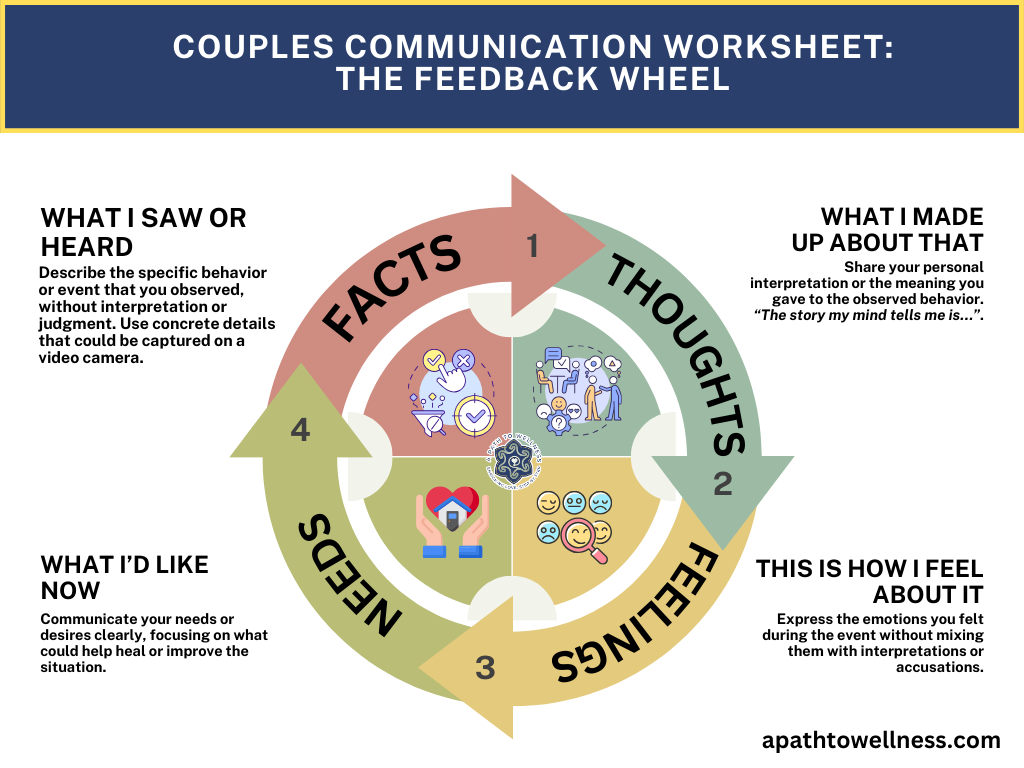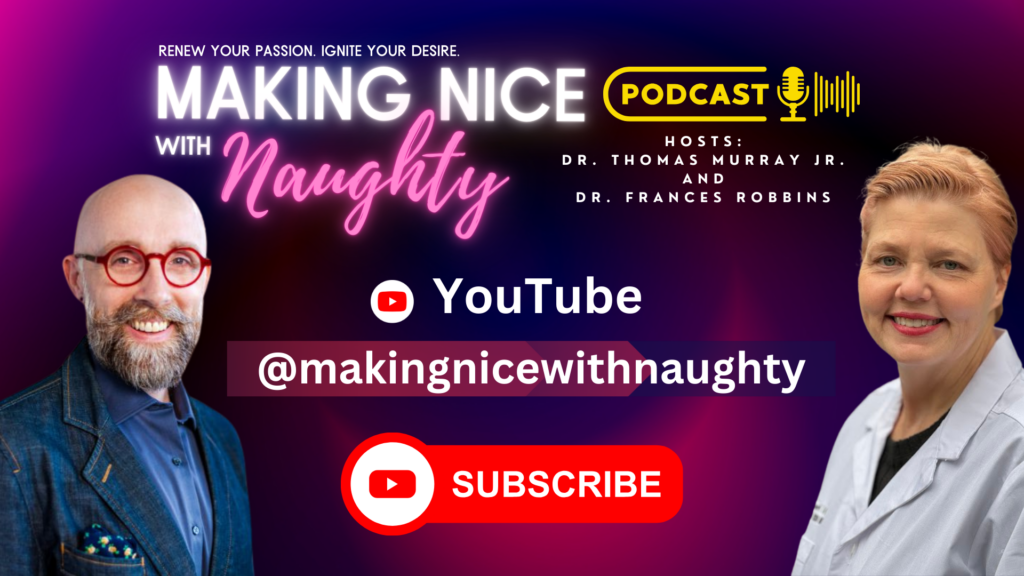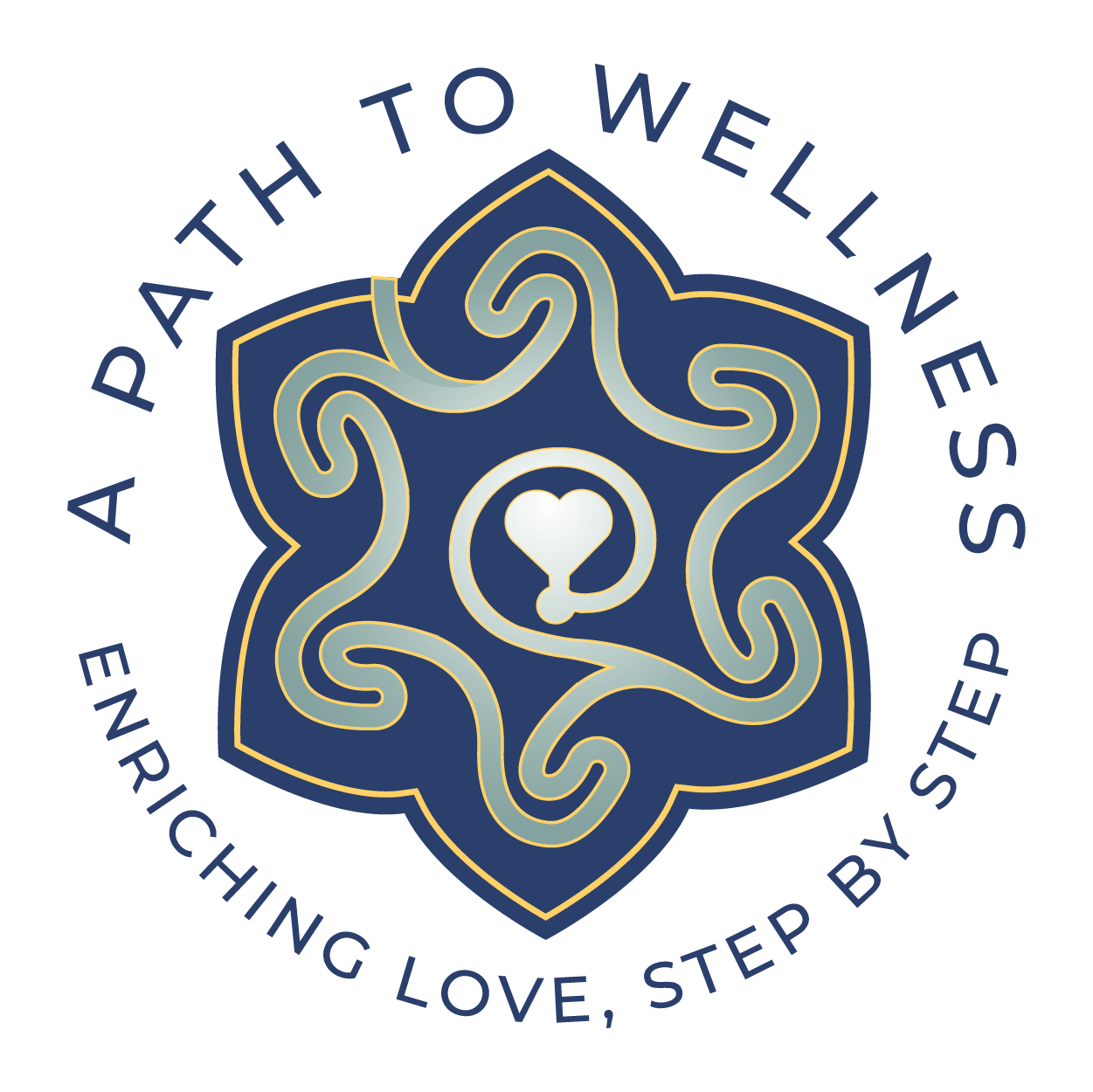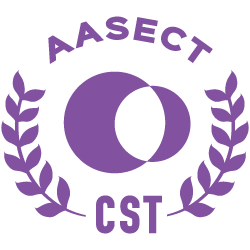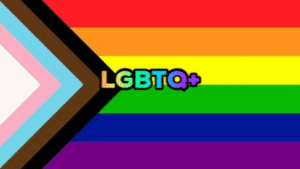Are your conversations breaking down, leaving you feeling angry, frustrated, discouraged, or sad? The start of any difficult conversation determines the likely outcome.
Effective communication lies at the heart of every healthy relationship. It serves as the bridge that connects partners, fostering understanding, empathy, and intimacy. However, despite its importance, communicating effectively, especially during conflicts or challenging situations, can be a daunting task. Misunderstandings, misinterpretations, and unexpressed feelings often hinder the path to resolution and closeness.
In the pursuit of strengthening communication between couples, it’s essential to have structured tools and techniques that promote clarity, honesty, and empathy. One such tool is the Feedback Wheel, a simple yet powerful worksheet designed to guide couples through difficult conversations with grace and understanding. We’ve adapted the following from Terry Real’s book, The New Rules of Marriage.
Step 1: What I Saw or Heard
The journey begins with the objective observation of a specific behavior or event, stripped of interpretation, evaluation, or judgment. This step encourages you to focus solely on describing what you saw or heard as if capturing the moment on a video camera. Grounding the discussion in concrete details lays the foundation for mutual understanding.
Step 2: What I Made Up About That
With observations laid bare, the next step delves into the realm of interpretation. Here, you explore the meaning you attributed to the observed behavior, acknowledging that interpretations are personal and subjective. By using the phrase “What I made up about that is…,” or “This is the story that my mind is telling me about this,” you unveil the narratives that you constructed in response to the event, opening the door to vulnerability and insight.
Step 3: This Is How I Feel About It
Emotions, often the silent drivers behind our actions and reactions, take center stage in this step. Here, I encourage you to express your feelings directly without intertwining them with interpretations or accusations. By naming their emotions with simplicity and honesty, individuals create a space for empathy and connection, paving the way for mutual understanding and validation. Identify the core feelings and keep them simple: angry, sad, disappointed, anxious, hurt, etc.
Step 4: What I’d Like Now
In the final step, the focus shifts from reflection to action. Here, you are to clearly explain your needs and desires, outlining specific actions or words that could help mend or improve the situation. By voicing your requests with clarity and openness, partners invite collaboration and compromise, nurturing a sense of partnership and mutual support.
In the final step, the focus shifts from reflection to action. Here, you are to clearly explain your needs and desires, outlining specific actions or words that could help mend or improve the situation. By voicing your requests with clarity and openness, partners invite collaboration and compromise, nurturing a sense of partnership and mutual support.
Integrating the Listener’s Guide
Now, let’s seamlessly integrate the Listener’s Guide into the Feedback Wheel to elevate communication to new heights.
Step 1 for the Listener: “What I hear you say is…”
In this step, the listener focuses on validation and understanding. By paraphrasing what the speaker has shared, the listener confirms their attentiveness and comprehension, fostering a sense of being heard and valued.
Step 2 for the Listener: Acknowledge Whatever You Can
Acknowledgment forms the bridge between understanding and empathy. Even if the listener doesn’t fully agree with the speaker’s perspective, acknowledging their feelings and experiences demonstrates respect and empathy, validating their emotional reality.
Step 3 for the Listener: Give As Much As You Can
The final step embodies proactive cooperation and problem-solving. After understanding the speaker’s needs or requests, the listener evaluates their capacity to meet those needs realistically. Honest and genuine commitments pave the way for collaborative solutions, nurturing a sense of partnership and mutual support.
Fusion for Effective Communication
By integrating the principles of the Feedback Wheel with the empathetic practices of the Listener’s Guide, couples create a powerful framework for meaningful communication. Together, these tools promote not only self-expression but also active listening, empathy, and cooperation.
The Feedback Wheel is not merely a tool for conflict resolution; it is a framework for cultivating deeper connections and understanding within relationships. Guiding couples through a structured process of observation, interpretation, emotional expression, and action empowers them to navigate challenges with grace and empathy.
However, like any tool, its effectiveness relies on consistent practice and genuine commitment from both partners. By embracing the principles of clarity, honesty, and empathy embedded within the Feedback Wheel, couples can transform moments of discord into opportunities for growth, intimacy, and lasting connection.
Remember, the journey toward effective communication is ongoing, but with patience, compassion, and a willingness to learn, couples can forge stronger bonds and create a relationship grounded in mutual understanding and love.

